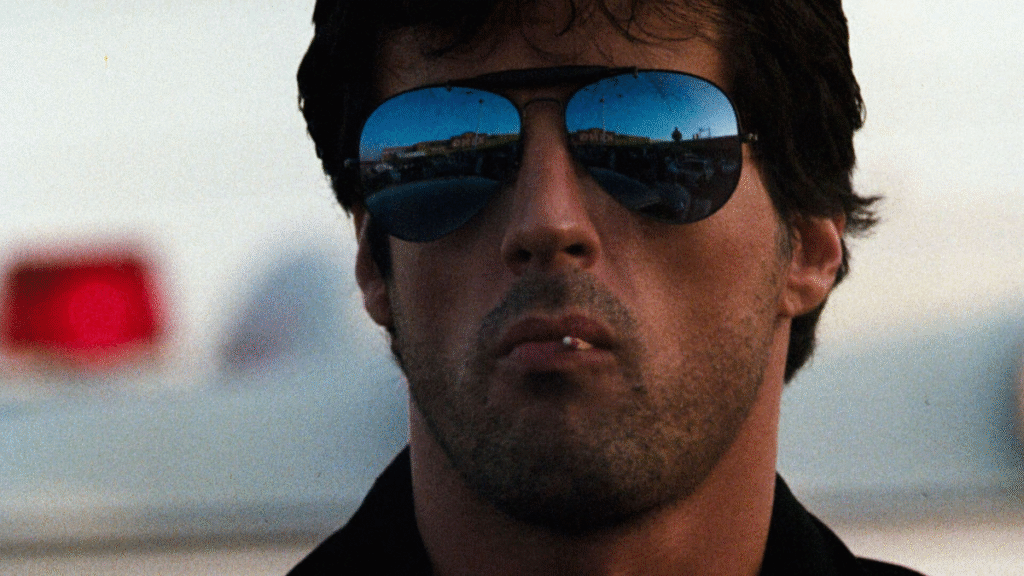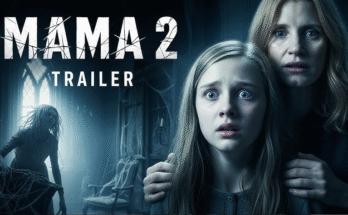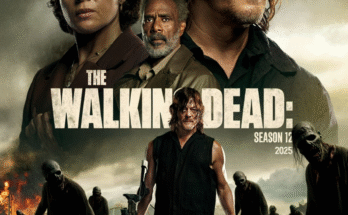There are action movies — and then there’s Cobra. In 1986, Sylvester Stallone stepped out of the boxing ring and into the neon shadows of Los Angeles as Marion “Cobra” Cobretti, a cop so cool he made sunglasses look like body armor. Cobra wasn’t about realism — it was about attitude. It was Stallone distilled to his most lethal, stylish essence.

The film opens with chaos. Crime in L.A. is spiraling out of control, and the police can’t keep up. Enter Cobretti — part cop, part executioner, all grit. With his black ’50 Mercury, toothpick, and mirrored shades, he’s less a man and more a symbol of urban vengeance. His mission: clean up the streets by any means necessary.
Stallone doesn’t play Cobra — he embodies him. Every glare is a bullet, every word a warning. “You’re the disease,” he tells a killer. “I’m the cure.” It’s one of the great one-liners of the decade, the kind that defined the era when heroes didn’t talk much — they just took aim.

Director George P. Cosmatos (Rambo: First Blood Part II) gives the film a brutal elegance. The city is a warzone painted in chrome and flame, the night alive with synths and gunfire. The cinematography drips with 1980s style — flashing neon signs, gleaming knives, and rain-soaked asphalt reflecting blue light like broken glass.
Brigitte Nielsen plays Ingrid, the terrified model caught in the crosshairs of a death cult led by the chillingly unhinged Brian Thompson. Their chemistry burns with danger and defiance, Stallone’s gruff stoicism softened by moments of rare tenderness. In the quiet scenes, we glimpse the man behind the weapon — a protector who’s forgotten how to rest.
The villains of Cobra are pure nightmare fuel — an army of zealots wielding axes, hammers, and nihilism. They don’t want money or power, just destruction. It’s an ’80s metaphor made flesh: chaos versus control, savagery versus civilization. And in the middle stands Cobretti — one man holding the line with a shotgun and a snarl.

The soundtrack pulses like a heartbeat of rebellion. Synth-rock anthems from John Cafferty and Miami Sound Machine turn gunfights into danceable mayhem. Every chase scene feels choreographed to adrenaline. Stallone’s world runs on rhythm, not reason, and every beat pushes him closer to legend.
Violence in Cobra is stylized, almost mythic. Bullets tear through darkness like lightning, cars explode in operatic slow motion, and Stallone moves through it all like a blade. Yet beneath the spectacle lies sincerity — a conviction that the world still needs men who fight for something, even when it costs them their soul.
By the time Cobretti confronts the Night Slasher in a fiery factory showdown, the film has become pure pulp poetry — heat, metal, and vengeance. The fight is primal, stripped of glamour, ending with the hero bloodied but unbroken. Justice isn’t pretty here; it’s earned one scar at a time.
In retrospect, Cobra isn’t just an action movie — it’s a time capsule. It captures the Reagan-era ethos of moral certainty and lone-wolf justice, but with the visual swagger of a music video. It’s both ridiculous and righteous, camp and canon, a film that grins while it growls.
When the smoke clears and the credits roll, Cobretti rides off into the California sun — sunglasses on, toothpick intact, justice served. Cobra remains a cult icon because it dares to take itself seriously in a world gone mad. It’s Stallone at his most stylized, most dangerous, and most unforgettable.
💬 Verdict:
⭐ 9/10 — “Sylvester Stallone at his most lethal — and stylish.” Cobra is ’80s adrenaline distilled into pure cinematic steel — a glare, a gun, and a promise: justice has a first name. 🕶️🔥



